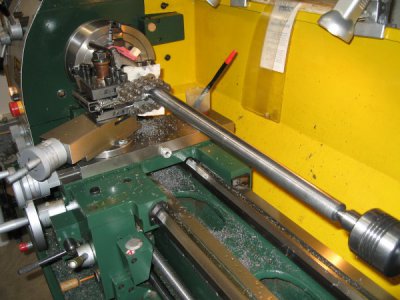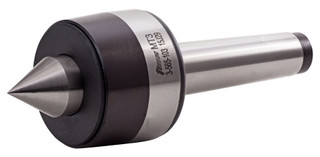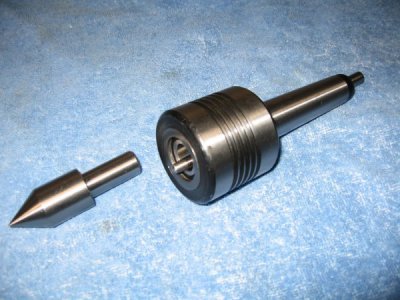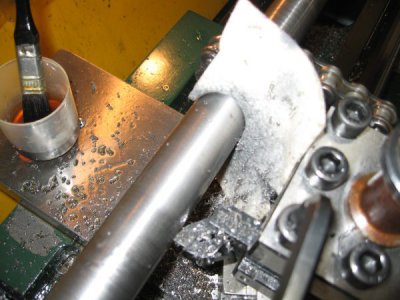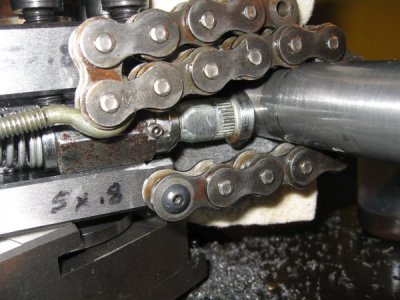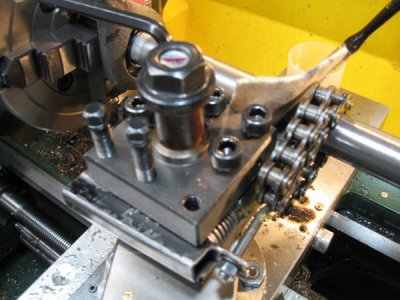The live centre that came with my new lathe is a no name budget version that has developed some play.
After searching a bit I have not found any info on disassembly or repair of these tools.
I have found a lot of discussion about terminology and buying them but not much about repairing or upgrading them. Any help along that line would be appreciated.
After searching a bit I have not found any info on disassembly or repair of these tools.
I have found a lot of discussion about terminology and buying them but not much about repairing or upgrading them. Any help along that line would be appreciated.


